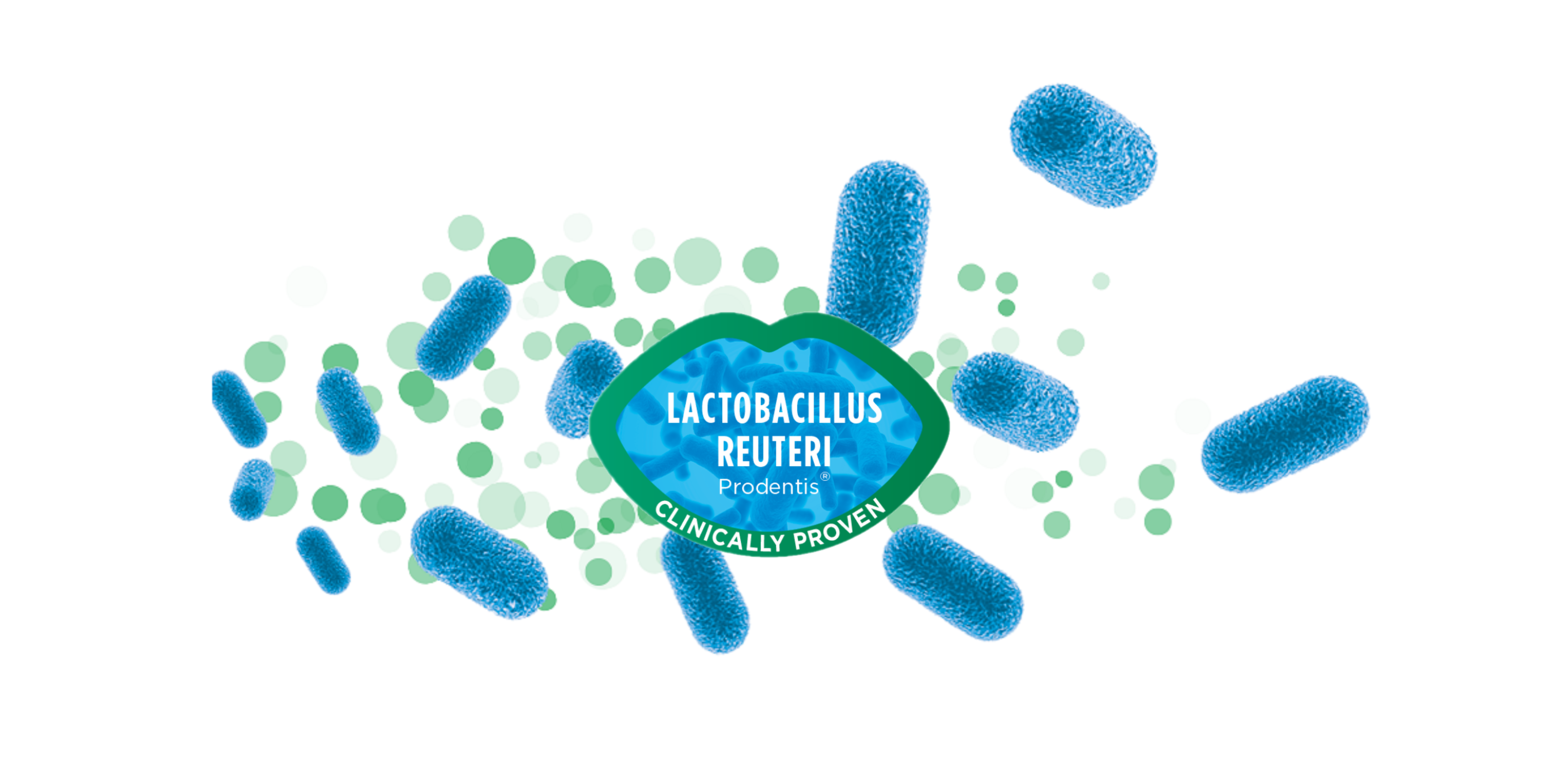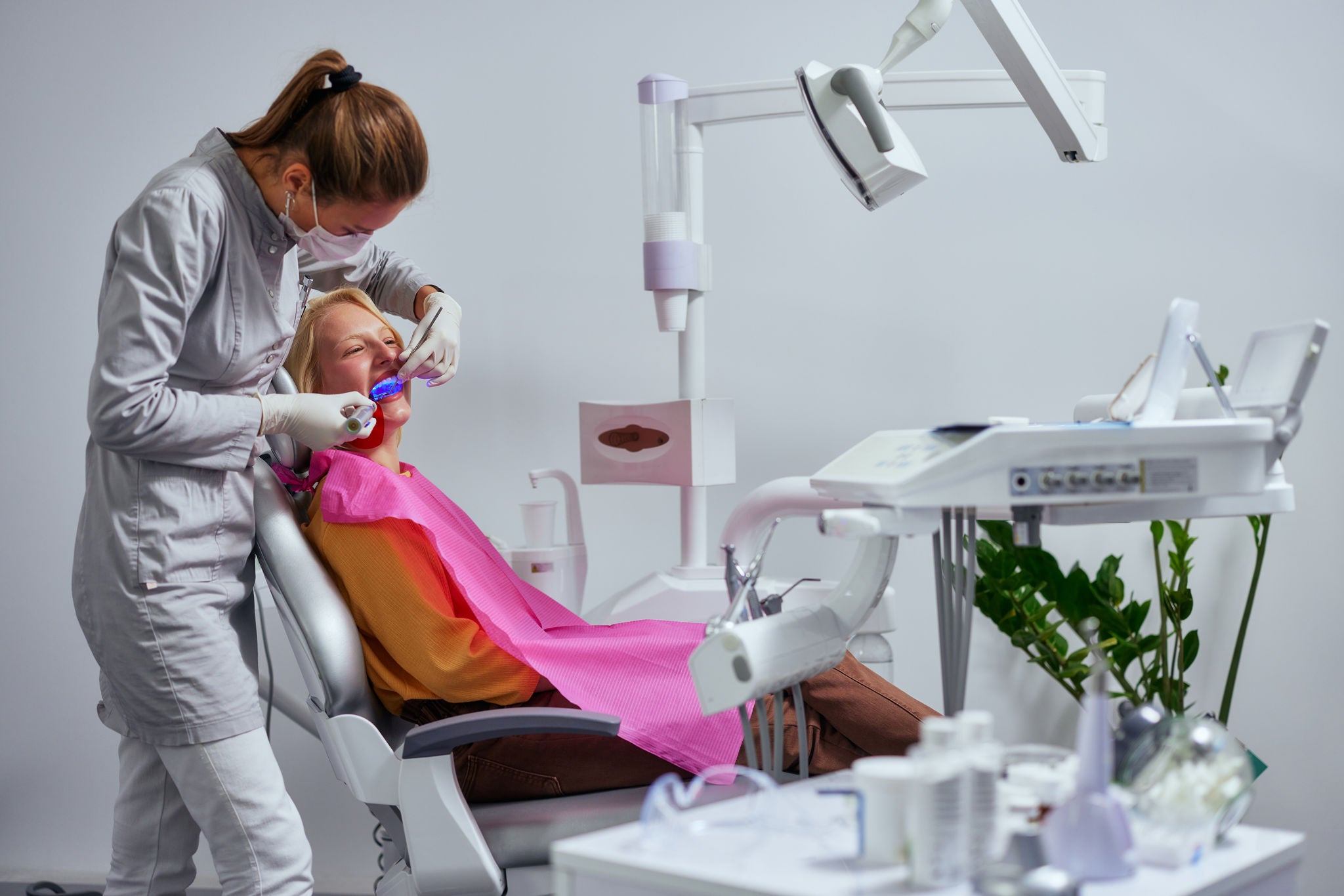
The Value of Saving Teeth vs. Dental Implants
When it comes to replacing or saving teeth, both are viable options for dental professionals to consider with their patients. It’s a discussion prefacing any course of action in the face of invasive care.

While dental implants and surgical procedures will inevitably be necessary at times, it's worth taking a hard look at the relative benefits of doing so in comparison to helping patients avoid these outcomes.
Benefits of Saving Teeth for Dental Professionals
“I have a confession: I have done implant restorations and lost money,” wrote Dr. Chris Salierno in an article for Dental Economics. “I'm willing to bet that many of us aren't even aware that we sometimes barely break even with these cases.”
He notes that mounting procedure costs and implant complications are among the financial hurdles involved with profitability. But the most significant costs are tied to the satisfaction and happiness of your patients. Ultimately, maintaining strong and trusting relationships is critical to running a successful practice.
Saving teeth versus removing and replacing them is a decision made depending on the circumstance. Though every circumstance is different, it comes down to a single, simple question: what is the most rational solution for the given issue and the patient?
According to periodontist Dr. Pierpaolo (Sandro) Cortellini, it is essential that those in the field recall a main purpose of their profession. “Our professions should be mainly devoted to treating pathologies and saving teeth whenever possible, not to extract teeth.”
Keeping a tooth can reduce the risk of potential complications or other negative effects that could occur as a result of a replacement procedure. Natural teeth have connections to the rest of the mouth and tissues surrounding them. Removing natural teeth would cause a potential loss of shock-absorbing qualities and natural gingival tissue health. Also, the most talked-about complication, currently, is the dreaded peri-implantitis for which it has to be reminded that no consensual treatment has been defined yet.
Dr. Cortellini notes that this is one of the most overlooked advantages of saving teeth on the professional side.
“Any problem will be assigned by the patient as the responsibility of the dentist,” says Dr. Cortellini. “Keep the tooth and you, the dentist, will be the ‘savior.’” In other words, your satisfied patients will be more likely to stick with you (and maybe refer their friends).
It’s also key to remember that, though it may seem like an implant would have a longer life than a maintained tooth, there’s no promise that this is the case.
Dr. Cortellini reminds us that, of course, not all teeth can be saved. It’s important to know when it’s rational to replace a tooth rather than treat it, and to approach this decision with candor.
Patient Benefits to Choosing Tooth Saving
Some of the biggest benefits of avoiding tooth removal present themselves on the side of patient rewards, ranging from economic to recovery benefits and beyond. Dr. Cortellini suggests communicating with the patients that “a natural tooth is always a better choice with respect to a replacement.”
Expanding on this thought, Dr. Cortellini brings this idea back to the fact that teeth are what we’re born with. Removing and replacing them with implants may cause the patient a greater cost when it comes to finances, as well as recovery time. “When we extract and replace a ‘maintainable’ tooth, the patient pays a greater biologic and economic cost than saving it. A tooth should be replaced only when irrational to treat.”
As previously mentioned, the risk of complications increases when teeth are removed and replaced, which is a cause for concern on the patient's side. This helps to encourage the idea of whole-body health—the patient keeps a natural part of their body, while simultaneously reducing recovery time and complications.
Practical Analysis of Applicable Data
A 2020 study involving Dr. Cortellini aimed to compare periodontal regeneration with tooth extraction and replacement, to see how each affected clinical, patient‐reported and economic outcomes.
The results showed that patients were equally satisfied whether they were receiving a tooth replacement, or the tooth was being saved. The huge difference between the two procedures, however, was a shorter treatment time when saving teeth.
Additionally, the study notes regeneration as a less expensive option as compared to replacing teeth. The study specifically showed that periodontal regeneration was more cost‐effective for the patient than the tooth replacement route. The results state that, “the total cost of treatment for the regeneration group is significantly lower over the whole observation period.”
Trust Between Patient and Professional
Aside from these major benefits for patients and periodontists alike, keeping a tooth instead of removing it contributes to another significant reward between the two parties: trust.
Trust and loyalty are both key players when it comes to a dental professional’s success. By creating an environment where they see their dentist as an advocate for saving their teeth, patients are more likely to continue seeing that dentist following the procedure. Moreover, they’re apt to consider future recommendations with more authority and take a vested approach in oral care as it pertains to natural teeth.
“Keep teeth and keep patients: this is a simple socio-economic principle,” says Dr. Cortellini on the subject of patient retention. Dental professionals pushing for saving teeth show their commitment to ‘doing right by their patients,’ which further fosters that bond of trust. It also helps encourage the idea of whole-body health and urges patients to understand the role (and toll) of oral care habits.
“When saving periodontally compromised teeth, we apply a full treatment strategy from diagnosis, through non-surgical and surgical treatment, to supportive periodontal care. This is the backbone for a dental practice setting with the vision of tightening a relationship with the patients to enhance their trust and loyalty.”
As Dr. Cortellini mentions, treatment is adequately given based upon what the professional deems necessary given the diagnosis and prognosis. While saving a tooth can be cost-efficient and serves to provide patients with a potentially less time-consuming and complicated recovery, other procedure options are available for a reason.
Key Takeaways
Positives to saving a tooth versus removing and replacing it come in many different forms and benefit all parties involved.
While both are viable options, as exemplified with the study results and professional opinions from Dr. Sandro Cortellini, keeping and maintaining natural teeth is a great practice for dental professionals. An increase in patient satisfaction, more successful recovery, and maintenance down the road can lead to more loyal patients, who are far more likely to return and trust the professional advice you provide.
For more information on topics regarding dental health and profession, contact SUNSTAR GUM®.







